It can also help to protect your roof from the elements and seal seams, allowing water to flow away instead of onto it. It may also assist with deflecting water off of the building. The most critical issues are where two roof panels touch, valleys or intersections form, and perimeter lines. In this post, we'll look at which metal roofing trim pieces are required to give this critical safety.
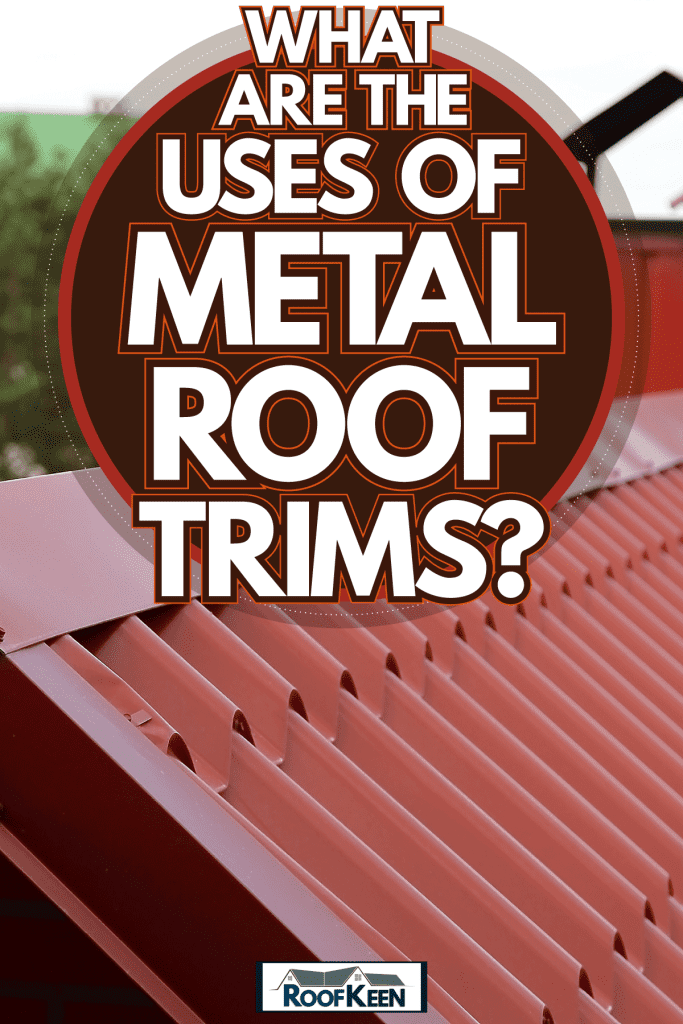
Metal Roof Trims: Critical Pieces Metal Roofing Trim
The significance of different metal roofing trim varies. Eave trim, for example, is generally decorative and can be removed if the opportunity arises. Other parts are considerably more difficult to overlook, and omitting them may result in the roof failing suddenly or causing moisture damage inside the structure.
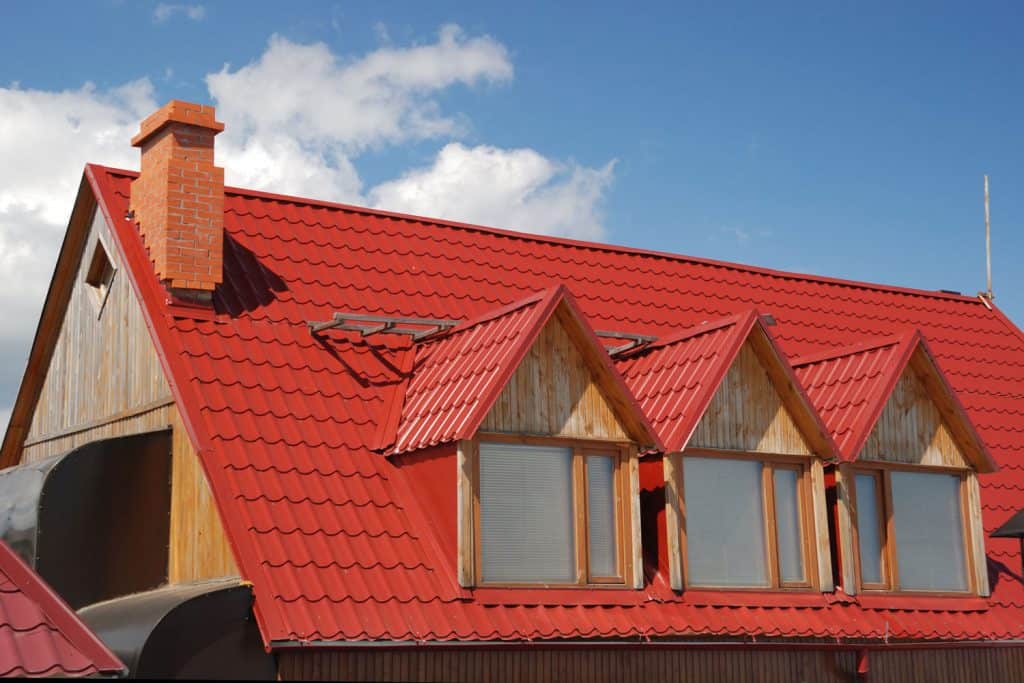
Metal roofing trim is required at any junction or place where two pieces of paneling meet. The items are as follows:
Ridge Caps
These components are viewable at the highest point of a roofline, where two roof caps meet. They prevent dampness from entering this seam and add to the aesthetic appeal of the roofline. Ridge vents, on the other hand, allow hot air to escape from the attic; however, caps can be used in conjunction with them.
Gable Trim Or Rake Trim
These are metal flashing finishing pieces that may be used along the edges of the roofline. They're at the junction between the end wall panels and the roof panel.
Roof to Wall Transition Pieces, Also Called Sidewall and Endwall Trim
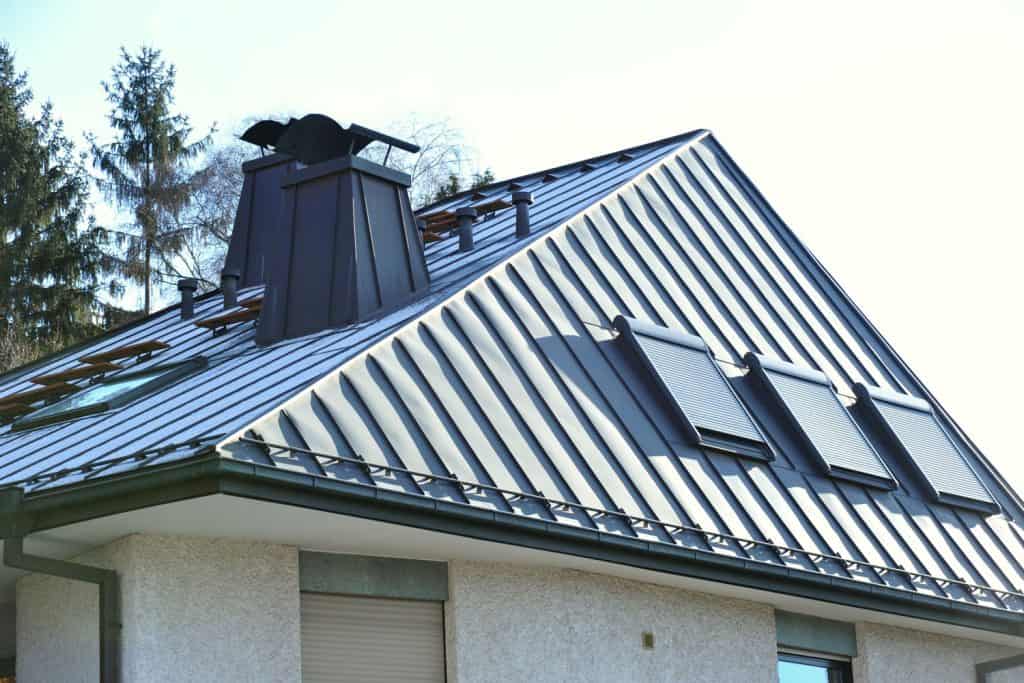
They're most often found at wall and roof junctures, such as on properties with second stories or attached garages. They're utilized to bridge the gaps that exist between various types of siding and close the spaces between them.
Valley Flashing
Two roofs meeting at a 90-degree angle might produce a valley. Valley flashing is placed between adjacent roof panels to prevent water from seeping into the panel and damaging the building. It also aids in the diversion of water away from the roof and down.
Transition Trim
Transition trim, like wall-to-roof transitions and valley flashing, is used to link two roof panels at differing angles. It's utilized in this case because the slope of the roof varies. These components aid in the removal of water from the top of the structure.
Metal roof trim, in particular, is one of the most underappreciated elements of a metal roof. The less you look, the more it seems to disappear. Since it lurks in the shadows and behind landscaping features, it's hard to spot. Trim prevents dampness from entering your house by sealing cracks and drip edges. Artificial grass also gives your property a more attractive appearance by eliminating jagged, uneven transitions between slopes.
Although one of the advantages of metal roofing is that it does not absorb moisture, trim is still necessary for preventing dampness from entering. Metal roofing trim comes in a variety of shapes and sizes, depending on the type of metal roof. We'll look at the most common kinds and their uses below.
Eave Trim
Your home's eaves are the flanking parts of your exterior walls that protrude beyond the roof. They aid in the diversion of water away from your walls and windows. Trim around the eave gives your edges a sophisticated sheen.
Gutter Trim
Your house has a rain gutter system attached. It's designed to carry water from the top of your roof to the ground below. Gutters may at times look unsightly. Gutter trim is used to repair this issue.
Transition Trim
Roofing in a residential location is generally made up of many surfaces (as opposed to a single flat surface). When the two surfaces touch, joints are formed. Metal roofing trim is utilized at these spots to provide smooth transitions between the materials.
Ridge Roll
The zenith of a roof refers to the point where two sloping roof surfaces meet on the roof. The ridge is the place where wood meets wood. A ridge is a term used to describe the connection between pieces of wood. Ridge roll is used to improve the appearance of this junction by filling it with ridge roll.
Wall-To-Roof Trim
Water can accumulate behind the roof panels if the joints between the home's exterior walls and the roofing are not sealed. In any case, water that accumulates in these spots can eventually seep into your property. If it gets inside, it may cause mold development, ceiling leaks, and other issues.
To prevent water penetration and avoid issues like this, the interior walls are sealed with a waterproof membrane (such as polyurethane or mastic) that prevents water from entering.
A metal roof's trim is just as important as the rest of the material. Any repair or replacement of your roof's trim should be done by a professional.
What is eave trim used for?
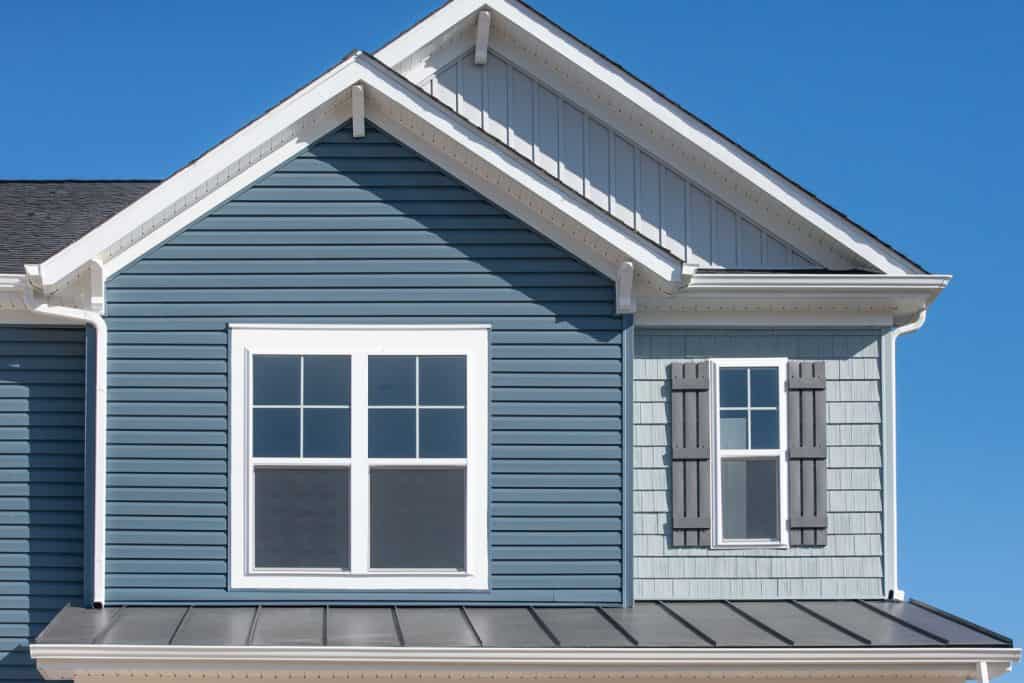
Eave trim is used to cover the edges of a roof and add an elegant look. It hides the unattractive portions of a home's exterior.
How do metal roofs help prevent leaks?
Metal roofs are designed to divert water away from your property and into gutters, where it can be collected elsewhere. This makes them a useful defense against leaks.
What is transition trim?
Transition trim helps roofs meet at different angles and maintain a proper connection. This prevents water from getting inside, where it can cause leaks and other problems.
How does metal roof trim give a house an elegant appearance?
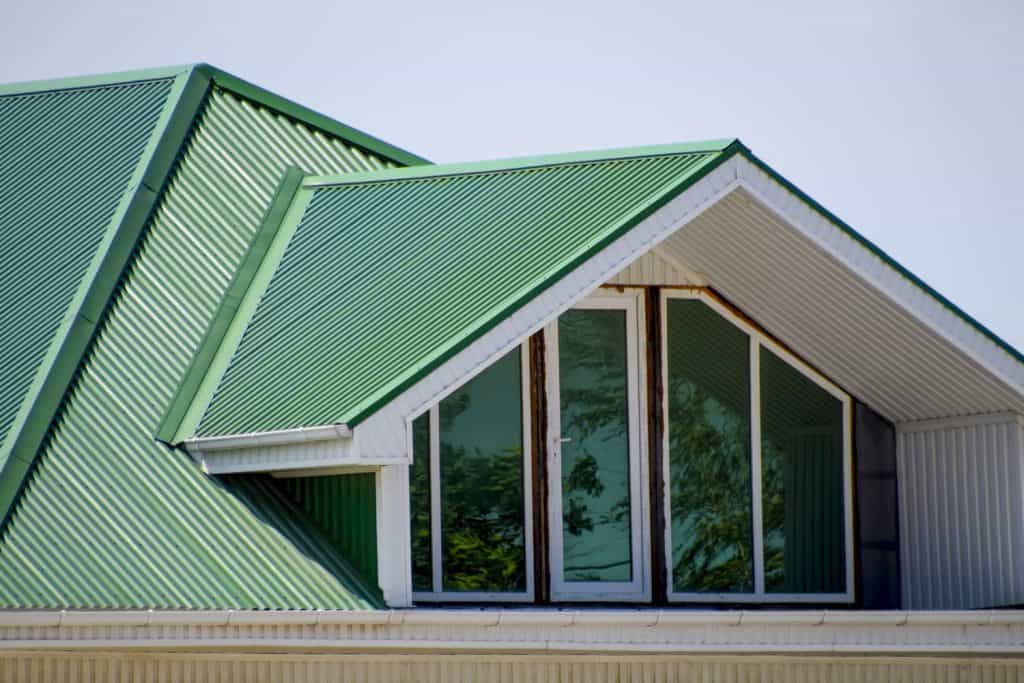
Since eave trim covers the unattractive portions of a home's exterior, metal roof trim gives a house an elegant appearance. It hides the less attractive aspects of your home's exterior, making it appear more appealing.
What is ridge roll used for?
Ridge roll is used to seal different types of roofs together to prevent leakage and other problems. This provides an effective way to create a watertight seal between each material.
How can I avoid leaks in my metal roofing system?
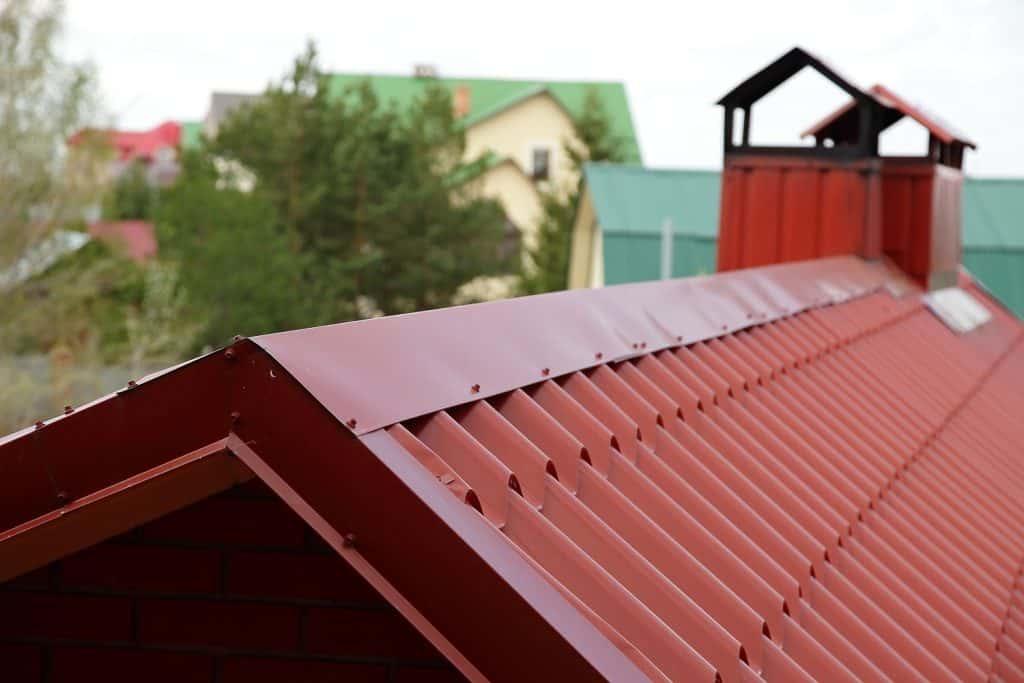
Leaks are commonplace when it comes to any type of roofing system. To keep this from happening, you should maintain your gutters regularly so that they can do their job properly. You should also inspect your roof periodically for damage or other issues that may be preventing proper drainage.
Please feel free to use the article above written by Reliable Metal Roofing for your informational purposes only. The content provided in this article is not intended to be a replacement for professional roof repair or installation. Please follow all safety precautions provided by manufacturers when installing metal roofs.
